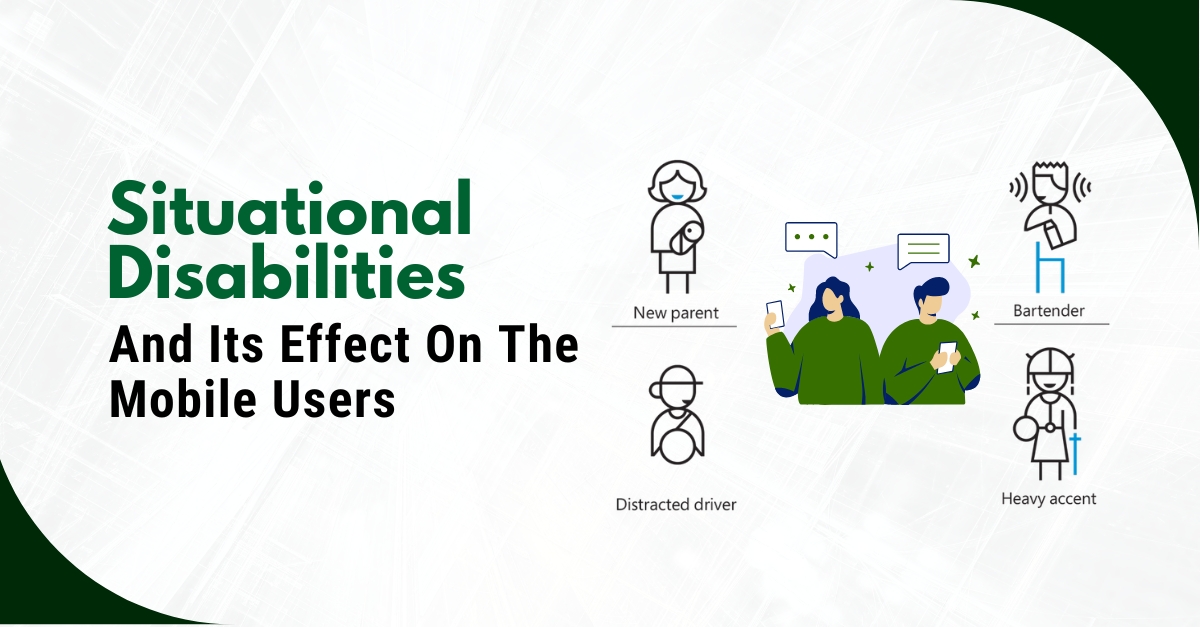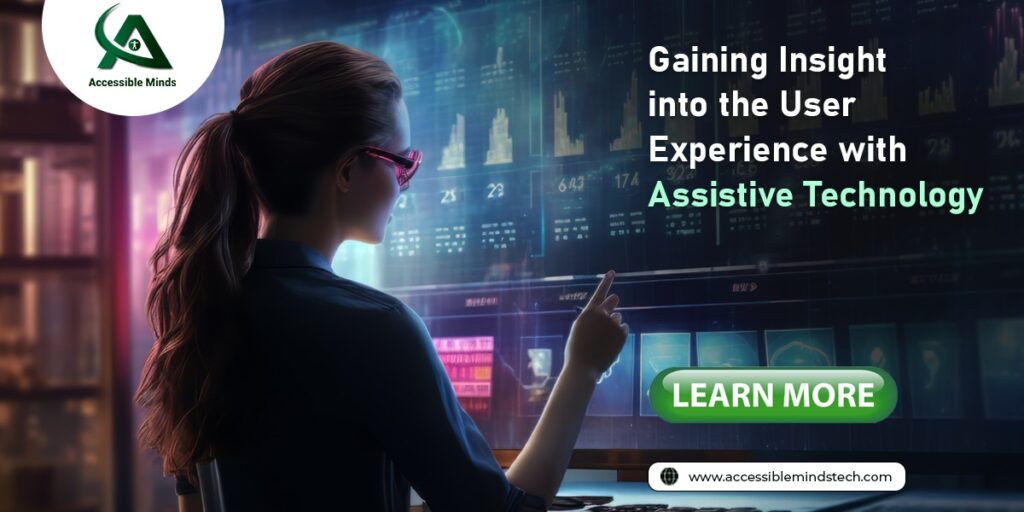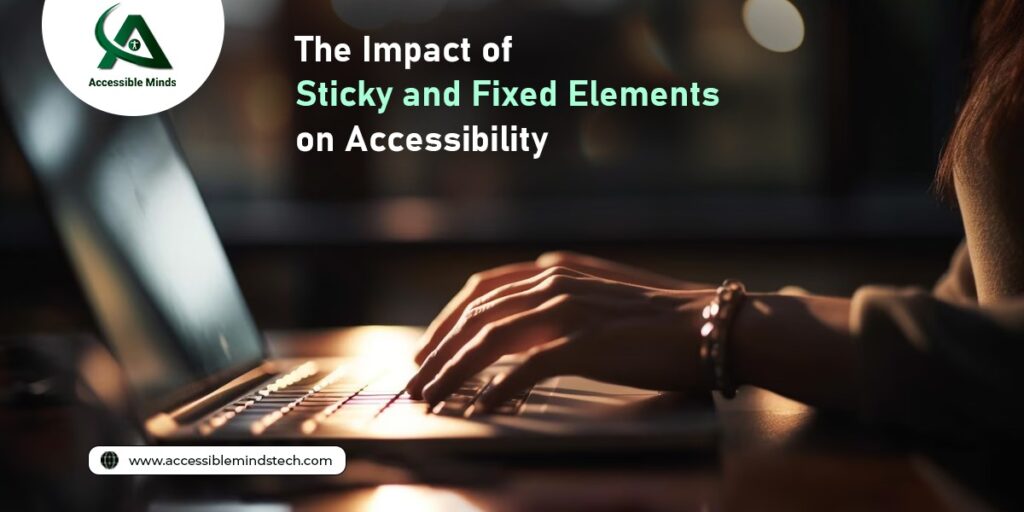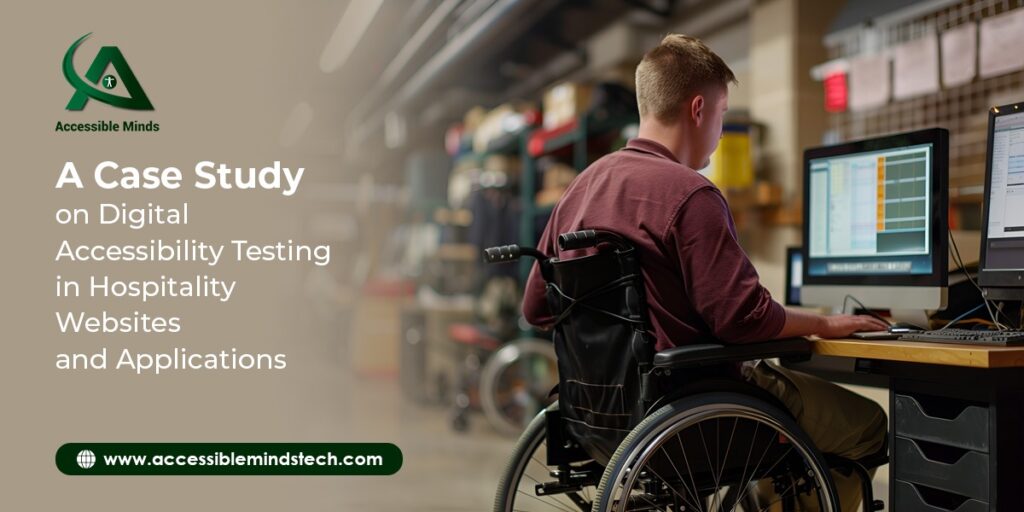Introduction:
Web accessibility is a vital aspect for people to access digital content with ease. It is a better way to ensure that 18% of the world population who are facing disability problems don’t feel frustrated or isolated while accessing the internet. Recently Accessible Minds has helped a website to find out the accessibility issues.
About the Client:
The client is a leading American entertainment website. They have a website and application to showcase the talents of the local people. People can showcase their skills in singing, dancing, and acting via different videos and images.
What do they want?
The website received many complaints from its users that many people, especially people with disability. They were facing issues while watching videos or images. So, they wanted to remove the barriers by incorporating accessibility and usability in the process. They are committed to making a website that meets the need of all people. For that reason, they have contacted Accessible Minds to evaluate their website for accessibility.
Challenges:
Our definition of accessibility involves eliminating obstacles that prevent individuals, particularly those who are neurodivergent, from accessing the information on an equal footing. In contrast, usability refers to designing products such as websites and apps that are user-friendly for everyone. This encompasses both the ease of use during the initial encounter with the product and the overall experience, which should be satisfactory enough to encourage users to return. An example of usability in the physical world would be knowing whether to push or pull a door to open it.
Solutions We Provide:
Our team has done the accessibility testing and we found many issues that are not compliant with ADA guidelines. We suggested the remediation for the following issues:
• To Increase the color contrast: In order to ensure that users with low vision and color blindness can read it, the text should have enough contrast with its background. However, some of the text in our themes did not meet the WCAG 2.0 AA standards due to insufficient contrast. We suggested using only accessible combinations for text and background colors.
• To Improve the Font Legibility: The website was not using fonts that are easily readable. We suggested using an accessibility-friendly font, especially in the header and footer sections of the website.
• Better Semantic Markup: By utilizing semantic markup, which refers to the use of HTML markup that accurately describes the purpose and function of content, many accessibility needs can be met. This approach is preferable to relying heavily on styled or tags for all content. We suggested they, adjust heading tags, add label tags to the search form, and remove heading tags from non-heading content.
• Improvise the keyword-only navigation: For users who navigate the website through a keyboard without a mouse may find it difficult to access the content. Our suggestions include the required changes to make the website keyboard-only navigation friendly.
• Better Functionalities for Screen Readers: To improve the screen reader experience for certain elements, we suggested incorporating ARIA labels. For instance, we ask to add ARIA accessibility labeling to “Read More” links throughout the platform to provide screen reader users with additional context about the link. Similarly, ARIA labeling to pagination links to offer more information about the destination of each “Next” or “Back” link.
Result:
Their internal team has made the required changes and then we do the regression testing to ensure all the accessibility requirements are made. The step has improved the traffic of the website and decreased the bounce rate to a great level.







